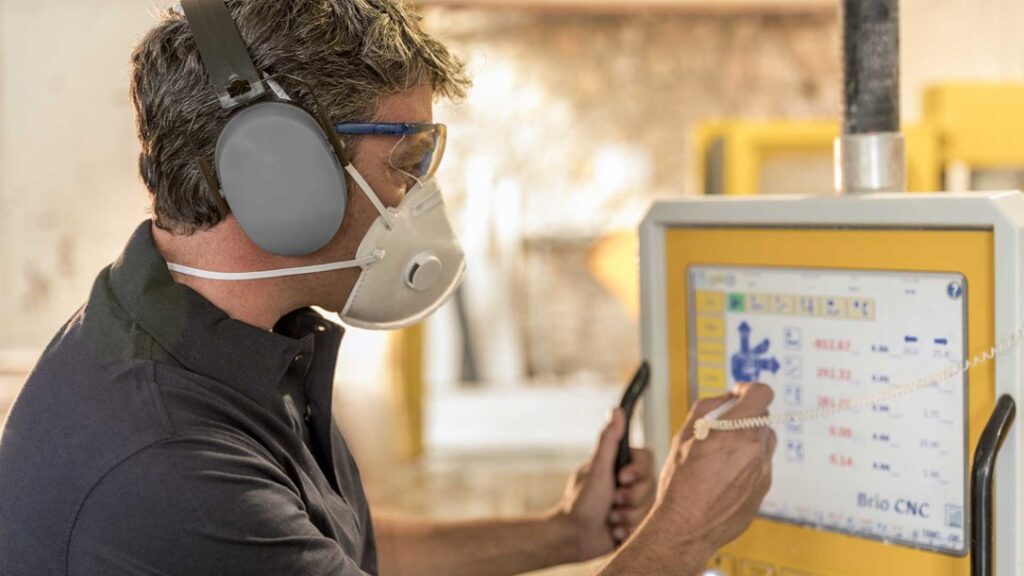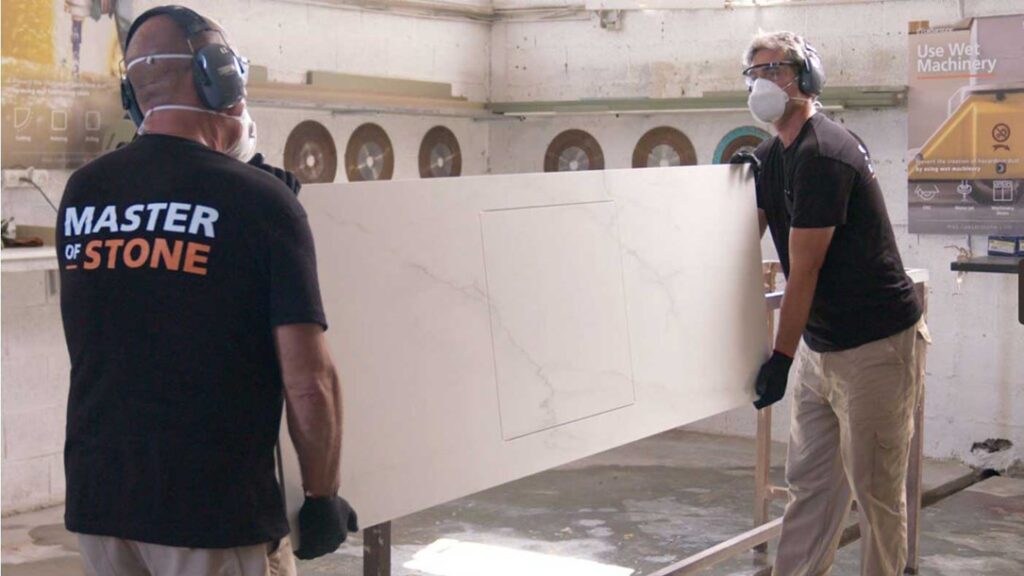5 Steps for Change
When’s the last time you sat down to re-think your business?
At least once a year every business owner should ask themselves
Is it time to scale up my business?
What new technology can I implement to boost productivity
Should I take a new service approach?
Or maybe dedicate this year to safety – taking it to a whole new level?
No matter what direction you choose,
improving your business will definitely involve change.
Change is never easy. Oceans of books and a multitude of research address this unresolved issue with limited success. Underlying this is the simple fact that most people resist the concept of change.
People prefer staying within their comfort zone, sticking to current, familiar ways of working and to old habits. Resistance to change causes stagnation – one thing your business can do without.
As business owners and managers, we need to first and foremost embrace change ourselves (a task easier said than done!) and then lead our business – managers, team leaders and employees – to follow in our footsteps.
So how do we get our employees to change?
How can we effectively lead them through this important journey?
Caesarstone is proud to share its Five Steps for Change to help you grow your business.
More than three decades of manufacturing stone surfaces and working in cooperation with stone fabrication plants worldwide has enabled us to understand your needs. We invest great effort and resources to make the relevant professional, safety and business knowledge accessible to you.
Our Five Steps for Change are:
Step 1: Attaining awareness of the need for change
Step 2: Creating desire to change
Step 3: Knowledge required for the change
Step 4: Resources to implement the change
Step 1: Attaining awareness of the need for change
Awareness means your employees understand that they are required to change.
To achieve awareness, clearly communicate your goals and expectations on every occasion. Make your agenda visible on all possible channels (posters, screens, t-shirts, hats, etc.) and above all – set a personal example. Actions speak louder than words.
From knowledge to know-how:
When launching a safety campaign, all managers and employees should be invited to a formal gathering where the campaign goals are clearly declared. The company’s senior managers should publicly support the campaign and communicate the steps to be taken on a daily basis to achieve the goals.

Step 2: Creating desire to change
So by now, your staff members know they are expected to change. The next step is to get help them want to change. The key to this is WIIFM (What’s in it for me?). Even the most engaged employees are usually more interested in the personal benefits than the company benefits.
From knowledge to know-how:
For employees to want to wear an air filtration mask, for example, they must be convinced it is for their own good. So instead of talking about company rules or disciplinary actions, talk to them about their life, health and family. Help them understand that safety is in their own personal interest.

Step 3: Knowledge required for the change
Now that your employees are willing to change, provide them with the required knowledge to do so.
If, for example, you decided to implement a new technology, such as a wet processing CNC machine, make sure the proper training and work instructions are provided to your staff.
From knowledge to know-how:
In training, it is very important to experience success to support and encourage change. If, for example, employees succeed in operating the new CNC machine the first time, the likelihood of their embracing this technology will dramatically increase.

Step 4: Resources to implement the change
Make sure you provide your team with the required resources and equipment to successfully implement the change. You don’t want to give your employees any reasons or excuses for not doing what you want them to!
From knowledge to know-how:
If, for example, you want them to proudly represent the company and improve your visibility and image, provide them with new branded working clothes, and ensure that the vehicles they use for on-site installations are always clean and properly branded.

Step 5: Reinforcing the change
Reinforcement is all about getting the change you achieved to stick.
Make no mistake – once you let up, so will your employees, so it’s worth establishing simple routines to constantly promote your goals.
From knowledge to know-how:
If its quality you are after, open every morning with a 5 minute meeting – a quality review or a short quality quiz. Encourage employees to present a relevant case study or report a quality incident.

Remember that our words become actions, and actions eventually become our nature.
Reinforce your agenda by making it visible all around your business and have managers and team leaders discuss it regularly with your staff.


Summary
Managing change is an acquired skill.
Follow the 5 Steps for Change to lead your employees to improvement and your business to success!